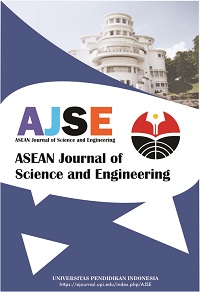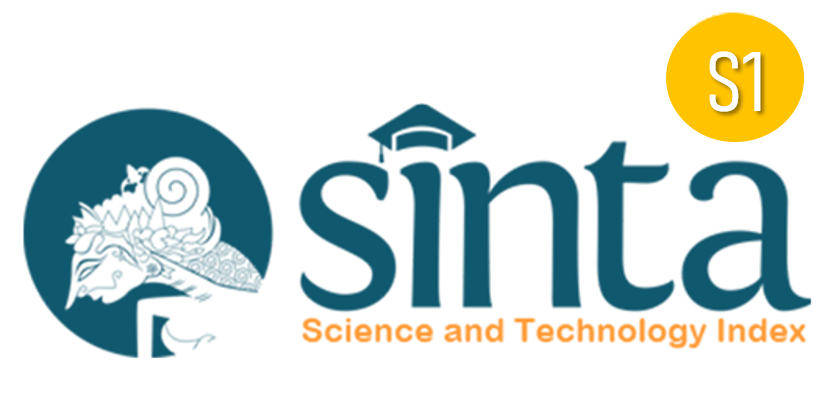Indonesia Toll Roads: Its Effect on The Trade Routes in ASEAN
Abstract
The sea toll road is one of a solution that gives a good effect in the trade routes in the future. Indonesia toll road is a program of the Indonesian government that aims to improve connectivity between regions inequitable distribution of goods so that the movement of the economy can be efficient and evenly distributed. In addition to the impact on the Indonesian state, this program has an impact on countries that are close to Indonesia (ASEAN). The purpose of this study is to analyze how the systematics of Indonesia's toll road program and its effects on the trade routes neighboring countries of Indonesia. The method that we used in this study is review analysis. The result of this study is sea toll facilitates commercial access from southern Pacific countries to Eastern Asian countries. The idea of the Sea Toll concept will open up regional access by making two large international hub ports that can serve large commercial ships above 3,000 TEUs or a Panamax vessel class of 6000 TEUs. This study has an impact on the international shipping process through ASEAN trade routes.
Keywords
Full Text:
PDFReferences
Ariyanda, T., and Khoirunurrofik, K. (2020). Household Income Differences between Residential Distance from the Toll Road in Indonesia Sub Urban Areas. The Indonesian Journal of Planning and Development, 5(1), 21-29.
http://nusantarainitiative.com/wp-content/uploads/2016/02/150915-Buku-Tol-Laut-bappenas.pdf. Retrieved on January 2021.
Malisan, J., Sadjiono, I., and Istijab, B. (2018). Potensi Pusat Konsolidasi Pengangkutan untuk Regional Asia Pasifik: Suatu Analisis Kinerja. Jurnal Penelitian Transportasi Laut, 20(2), 98-108.
Noll, H. H., and Weick, S. (2015). Consumption expenditures and subjective well-being: empirical evidence from Germany. International Review of Economics, 62(2), 101-119.
Nur, H. I., Achmadi, T., and Verdifauzi, A. (2020). Optimalisasi Program Tol Laut Terhadap Penurunan Disparitas Harga: Suatu Tinjauan Analisis. Jurnal Penelitian Transportasi Laut, 22(1), 1-12.
Rustam, I. (2016). Tantangan ALKI dalam Mewujudkan Cita‐cita Indonesia sebagai Poros Maritim Dunia. Indonesian Perspective, 1(1), 1-21.
Saragi, F. K., Mamahit, D. A., and Prasetyo, T. Y. B. (2018). Implementasi Pembangunan Tol Laut Untuk Mewujudkan Indonesia Sebagai Poros Maritim Dunia. Keamanan Maritim, 4(1), 69-92.
Sengupta, R., Coondoo, D., and Rout, B. (2016). Socio-economic well-being—Impact of wider highways on the rural poor living in proximity. Journal of Development Policy and Practice, 1(2), 222–264.
Small, K.A. (2012). Valuation of travel time. Economics of Transportation, 1(1-2), 2–14.
Toledo, T., and Sharif, S. (2019). The effect of information on drivers’ toll lane choices and travel times expectations. Transportation Research Part F: Traffic Psychology and Behaviour, 62, 149-59.
Yap, W. Y., and Zahraei, S. M. (2018). Liner shipping alliances and their impact on shipping connectivity in Southeast Asia. Maritime Business Review, 3(3), 243-255.
Yunianto, I. T., Nur, H. I., Ardhi, E. W., and Adhitya, B. P. (2019). Optimalisasi Model Jaringan Rute Multiport Tol Laut di Negara Kepulauan: Studi Kasus Evaluasi Rute di Maluku dan Papua Bagian Selatan. Jurnal Penelitian Transportasi Laut, 21(2), 83-95.
DOI: https://doi.org/10.17509/ajse.v3i1.33765
Refbacks
- There are currently no refbacks.
Copyright (c) 1970 Universitas Pendidikan Indonesia

This work is licensed under a Creative Commons Attribution-ShareAlike 4.0 International License.












